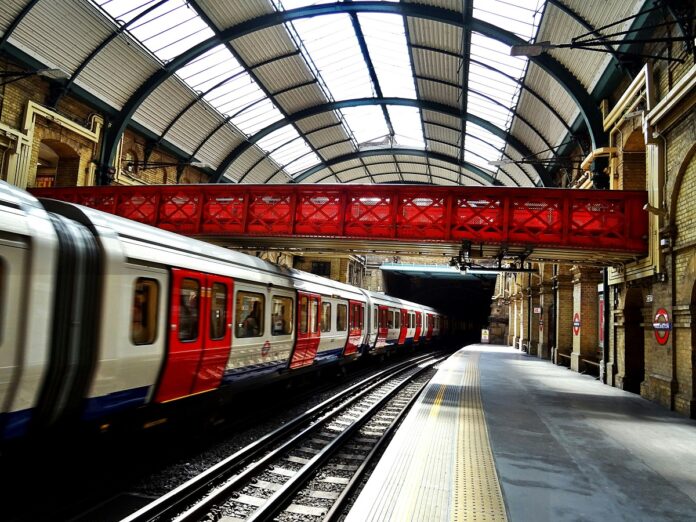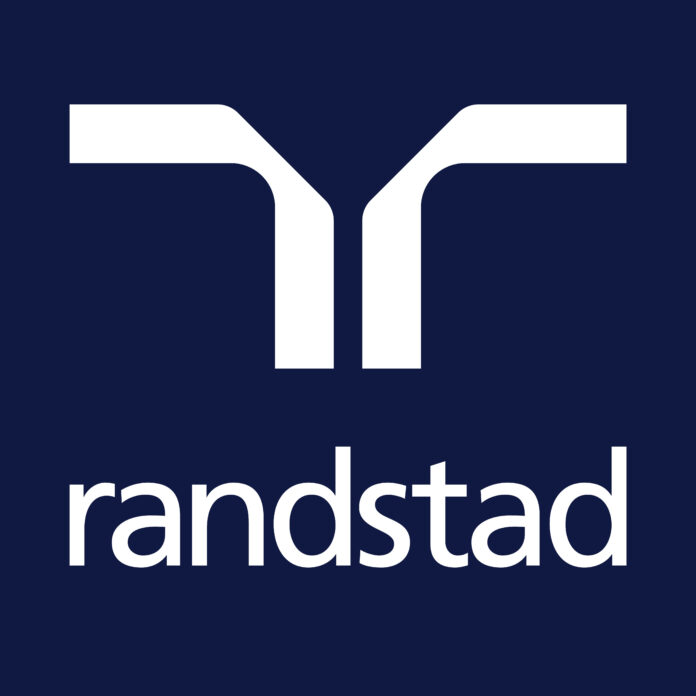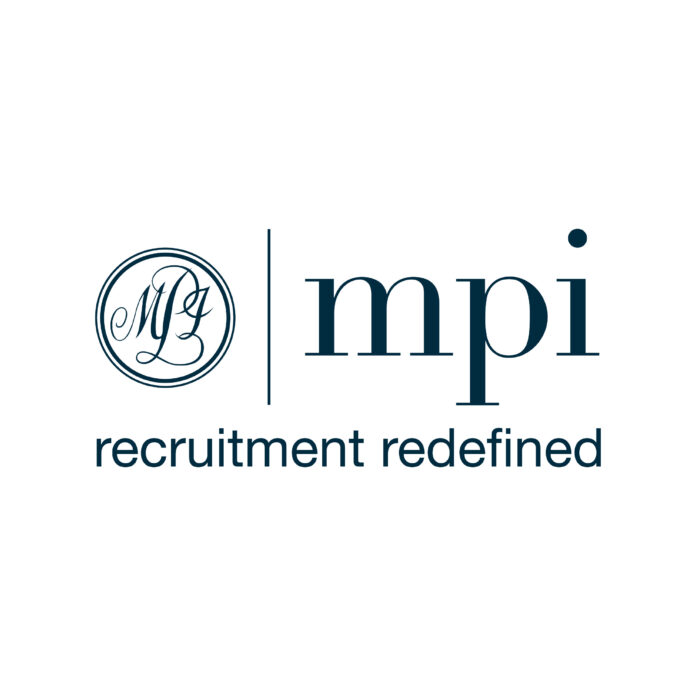Securing contracts with Network Rail and Tier One contractors in the UK rail industry is a highly competitive endeavour. To stand out from the crowd and achieve those coveted full marks in your tender submissions, a meticulous and strategic approach is paramount. It’s not enough to simply list your capabilities; you need to demonstrate a deep understanding of your potential client’s needs and showcase your alignment with their operational frameworks.
One of the most crucial aspects of tender optimisation is process alignment. Tier One contractors and Network Rail operate within well-defined processes, standards, and regulatory frameworks. Your tender response must clearly articulate how your own processes dovetail seamlessly with theirs. This isn’t just about stating compliance; it’s about providing concrete examples of how your methodologies, quality assurance procedures, safety protocols, and environmental considerations are in sync.
For instance, if a tender emphasises adherence to specific Network Rail standards, don’t just say you comply. Detail how your project management framework integrates these standards, referencing specific documentation and procedures. If they highlight a commitment to collaborative working, illustrate how your team structures and communication strategies foster effective partnerships. Demonstrating this inherent alignment instils confidence that you can integrate smoothly into their operations, minimising disruption and maximising efficiency.
Beyond process alignment, the strength of your tender lies in the evidence you present. Vague statements and unsubstantiated claims will rarely earn full marks. Your response needs to be underpinned by tangible proof of your capabilities and past successes. This evidence falls into several key categories:
Alignment: This is the most important factor. Read about what the buying organisation cares about, learn what is important to them – and ensure this is integrated into your operations before tendering for any works. Businesses will want to work with you if you are aligned to their values and objectives. Make sure you are.
Numerical Data: Numbers speak volumes. Where possible, quantify your achievements. Instead of saying you have a strong safety record, provide statistics on your Lost Time Injury Frequency Rate (LTIFR) and Accident Frequency Rate (AFR) over a specific period, benchmarked against industry averages. When discussing efficiency improvements on past projects, present data on reduced timelines, cost savings achieved, or increased productivity. This objective data adds significant weight to your claims and allows evaluators to make informed comparisons.
Effective Reporting: Showcase your ability to provide clear, concise, and timely reporting. Include examples of the types of reports you generate, their frequency, and the key performance indicators (KPIs) they track. Highlight how your reporting mechanisms facilitate proactive decision-making, risk mitigation, and transparent communication – all crucial elements for any size rail contract or framework. Demonstrating familiarity with industry-standard reporting formats will further enhance your credibility.
Testimonials: Positive feedback from satisfied clients is powerful social proof. Seek permission to include testimonials in your tender responses, particularly from clients within the rail sector or those with similar operational complexities. These testimonials should be specific, highlighting the positive impact of your work and your collaborative approach. Generic statements are less impactful than those that detail tangible benefits and positive working relationships.
Consistent Case Studies: Develop a library of well-structured case studies that consistently showcase your expertise and successful project delivery. Each case study should follow a similar format, clearly outlining the client’s challenge, your solution, the methodologies employed, and the quantifiable results achieved. Emphasise projects that are directly relevant to the specific requirements of the tender. Consistency in presentation makes it easier for evaluators to compare your experience across different projects and identify your key strengths.
Achieving full marks in rail industry tenders requires more than just a well-written document. It demands a strategic approach that prioritises aligning your processes with the expectations of Network Rail and Tier One contractors. Backing up your claims with compelling evidence – including robust numerical data, clear reporting examples, impactful testimonials, and consistently presented case studies – is essential to building trust and demonstrating your capability to deliver. By focusing on these key areas, you can lay the right tracks towards securing those valuable contracts and forging successful partnerships within the UK rail sector.




